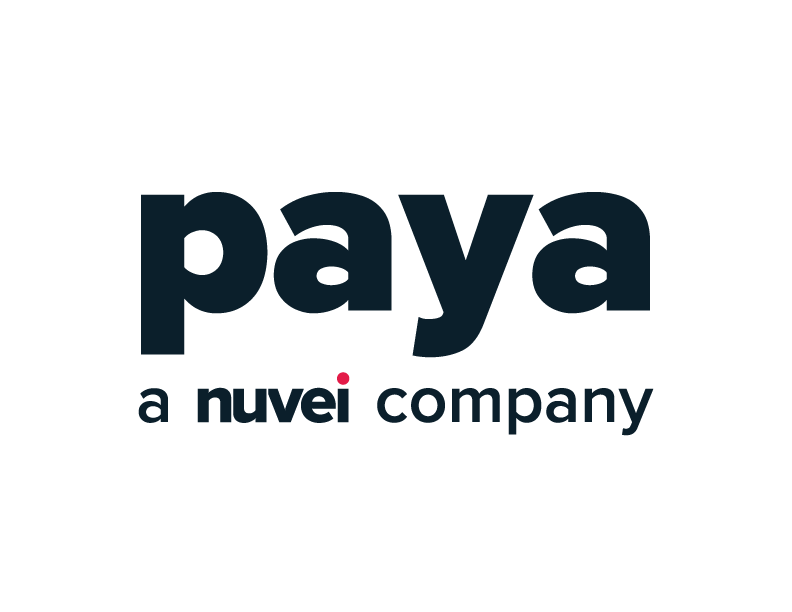Before we get into the nitty-gritty of why you should prioritize chargeback automation, let’s start with a definition.
charge·back
/ˈCHärjbak/
noun
When a customer reverses a credit card payment made to a merchant. A chargeback starts with a payment dispute initiated by a cardholder through their card-issuing bank and requires a resolution.

Common Reasons for Chargebacks
Cardholders often initiate chargebacks when reviewing their credit card statements. That’s when they’re likely to notice:
• Incorrect transaction amounts
• Point-of-sale errors, such as duplicate charges
• Unauthorized or unrecognized transactions – the latter is also known as “friendly fraud” and occurs when a cardholder doesn’t recognize a legitimate transaction, typically because it was made by another cardholder on the same account or because the merchant name is unclear or inconsistent with the digital or retail storefront
• Charges for goods or services not received
• Defective or damaged merchandise
Chargebacks can also the result of unintentional merchant error or intentional merchant fraud. And then there’s credit card fraud, too, when bad actors use stolen card numbers to make purchases.
In other words, chargebacks are a normal part of doing business. Unfortunately, the chargeback management process has historically been fraught with pain and expense. Labor-intensive, manual, error-prone and costly—with fees to pay on top of lost revenue and sunk marketing costs—chargebacks have long been considered a necessary evil in commerce. But there’s a limit to how much chargeback pain software clients (merchants) should put up with.
Now, thanks to chargeback management automation, software providers can deliver added value to software clients by removing the pain points that result from manual administration. In fact, chargeback automation and modern chargeback management can even help software clients create positive brand experiences with customers.
The Chargeback Management Process
Let’s take a closer look at how chargebacks get processed. The manual way is a surprisingly common back-office practice for merchants of all sizes.
• A customer disputes a charge with the bank that issued their credit card.
• The issuing bank notifies the acquiring bank—this is the merchant’s bank—to obtain a credit from them for the value of the disputed item.
• The acquiring bank notifies the merchant of the dispute, via USPS mail or fax.
[note that there are two paths for the rest of The Manual Way, simplified below]
This process can take 90 days or more depending on the merchant response.
| Merchant accepts the chargeback and loses the value of the chargeback, plus fees. | Merchant refutes the chargeback, provides supporting evidence, also sent via mail or fax. |
| Accepted chargebacks are sent by merchant’s bank to the issuing bank. | If merchant’s bank agrees with the rebuttal, all documentation is sent back to the issuing bank. |
| The issuing bank processes the accepted chargeback and refunds the same amount to the cardholder. | The issuing bank accepts the evidence or stands by their original decision and notifies the cardholder accordingly. |
This manual process is not only incredibly labor-intensive, but it involves tons of repetitive tasks that lead to human error.
The Modern Way
With chargeback management software, merchants have access to all dispute related data in a single platform where they can automatically handle the dispute, streamlining costly manual steps and eliminating physical paperwork. With automation, the process looks like this:
• A customer disputes a charge with the bank that issued their credit card.
• The issuing bank electronically notifies the acquiring bank—the merchant’s bank—to obtain credit from them.
• The merchant’s bank immediately notifies the merchant, giving them more time to respond before the chargeback is processed and their chargeback-to-transaction ratio is affected.
[note that there are two paths for the rest of The Modern Way]
| Merchant accepts the chargeback and loses the value of the chargeback, plus fees. | Merchant refutes the chargeback digitally, including supporting evidence. |
| Accepted chargebacks are electronically sent by acquiring bank to the issuing bank. | If merchant’s bank agrees with their rebuttal, the issuing bank is notified electronically. |
| The issuing bank processes the accepted chargeback and refunds the same amount to the cardholder. | The issuing bank accepts the evidence or stands by their original decision. |
Deliver & Differentiate with Chargeback Automation
Yes, automating chargeback management, saves merchants time and money. And, as a software provider, you can also deliver a faster, better experience for clients and their customers. Here’s a closer look into how the modern way benefits the organizations you serve as well as your business’ bottom line: modern way, especially when you consider all of the benefits.
1. Digital Communication: Software clients receive chargeback notifications via email—not mail or fax.
2. Data Sync: Communications and consolidated data are available in a single platform.
3. Increased Efficiency: With the ability to manage and dispute chargebacks online, merchants can save a significant amount of time and resources.
4. Respond and Prevent: Thanks to timely notifications, software clients can respond to customer disputes within the portal before they turn into chargebacks.
5. Cost Savings: Automated chargeback management technology can manage every step of the dispute process. Accuracy reduces expensive rework, and efficiency minimizes the human capital required to handle all of necessary steps.
6. Better Customer Service: Merchants can give customers an outstanding experience when they don’t expect it: during chargebacks. With automation, speedy resolutions that can create great brand impressions and increase stickiness are possible.
7. Analyze and Optimize: A modern chargeback platform can also provide valuable data-driven insights into customers, products, sales and more—powering informed business decisions for software clients.
8. Monetize: Merchants pay a small fee for chargeback automation, and ISVs often share in revenue with the payments partner.
For ISVs, Now Is the Time to Modernize
In an increasingly competitive market, you can gain an advantage by helping software clients automate chargeback management—which then gives them added value to pass on to their customers.
Many ISVs assume that they can easily add this functionality to their internal technology roadmap. You might consider this option, too. But note that entering the payments space is more than just a features and functionality project—it’s highly regulated and requires integration with a wide array of fintech organizations to ensure technical stability, security and compliance. That’s why most ISVs opt to partner and integrate rather than build in-house.
To find the right chargeback automation provider, start with your integrated payments partner. In most cases, they can deliver chargeback management as an additional service—the fastest and easiest solution. If you don’t have already have a payments partner, now is time to modernize this important customer experience, too.
Trust Paya to Automate Your Chargeback Management
With Paya, you can easily transform an old, slow payment dispute process into a fast, intelligent system that adds value for software clients and their customers. Best of all, there’s no additional development required beyond standard payments integration.
Let’s talk about how easy it can be to modernize chargeback management with Paya.
